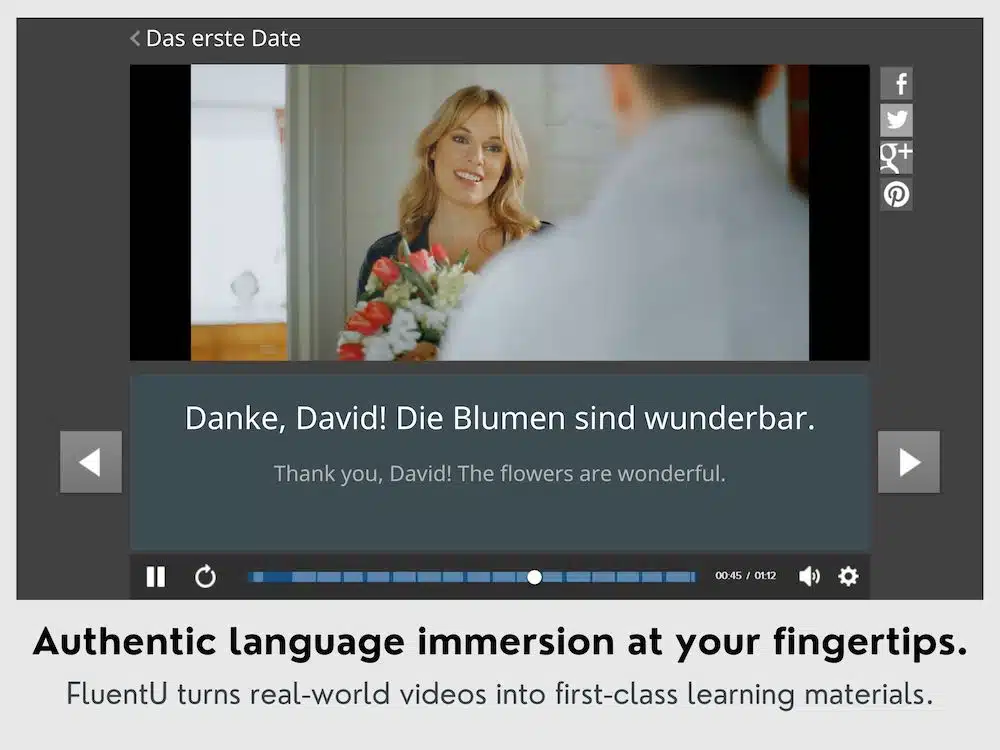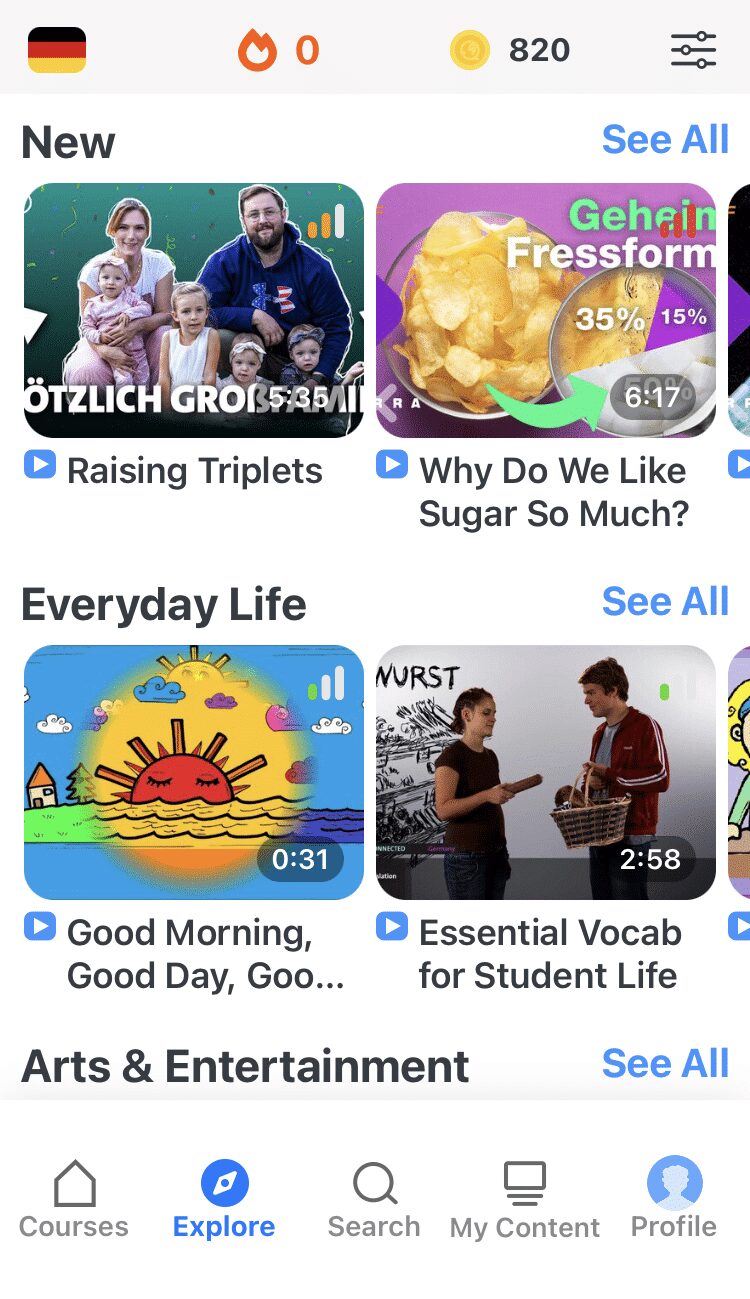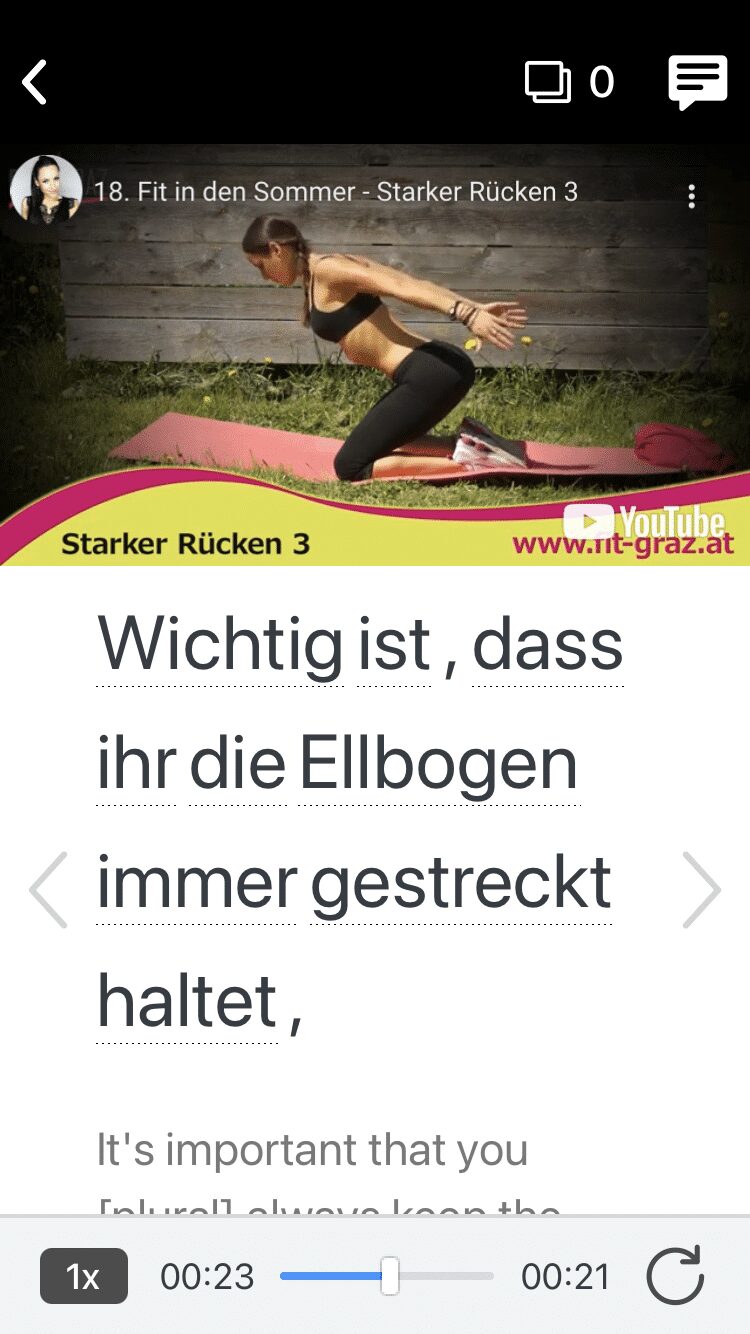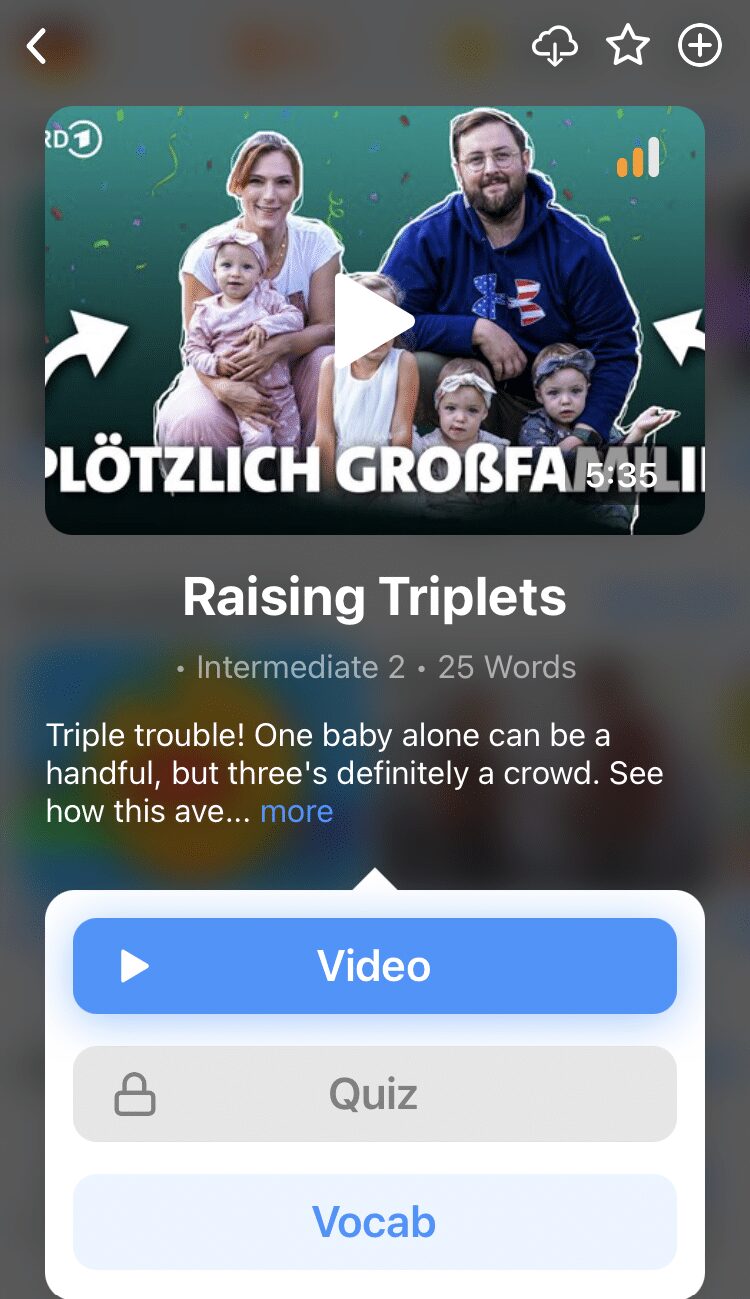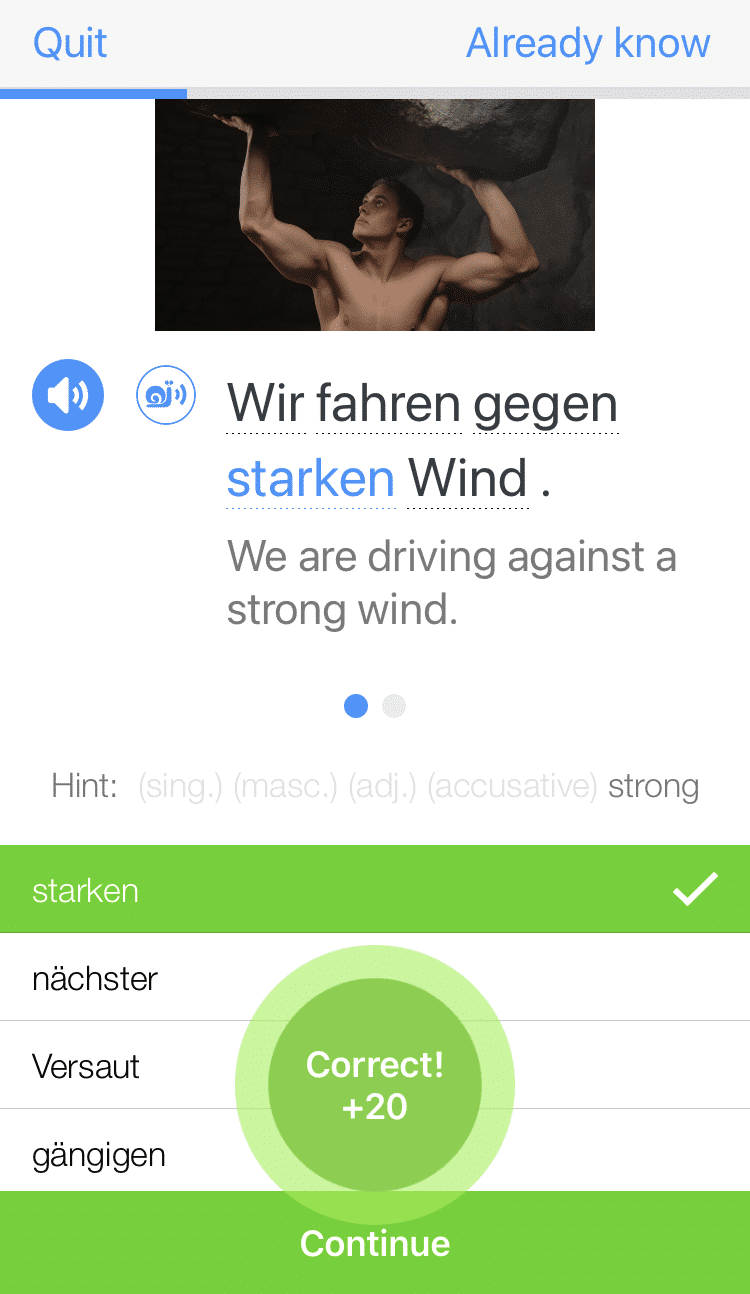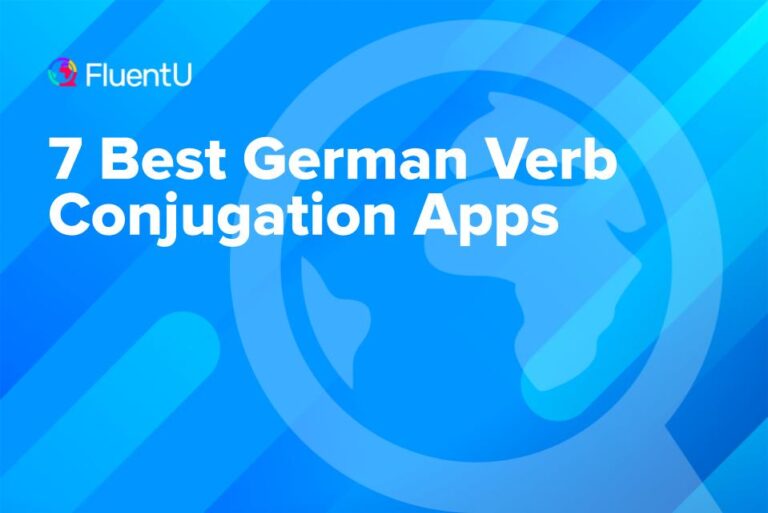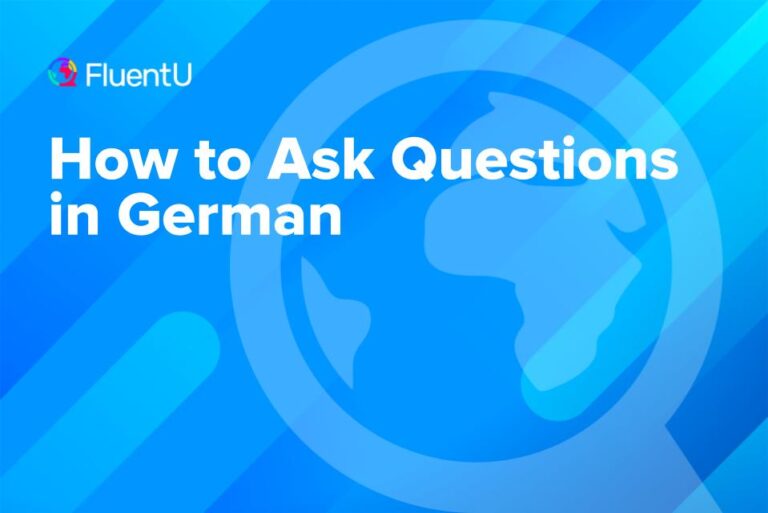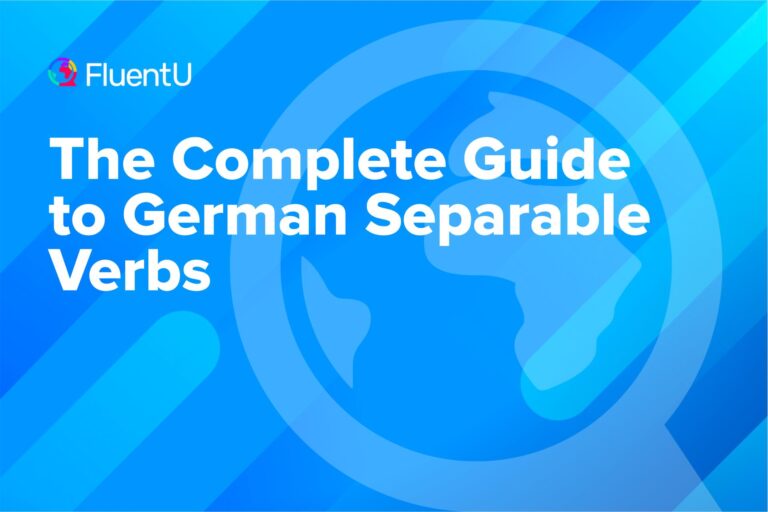Bitte in German: 7 Key Meanings
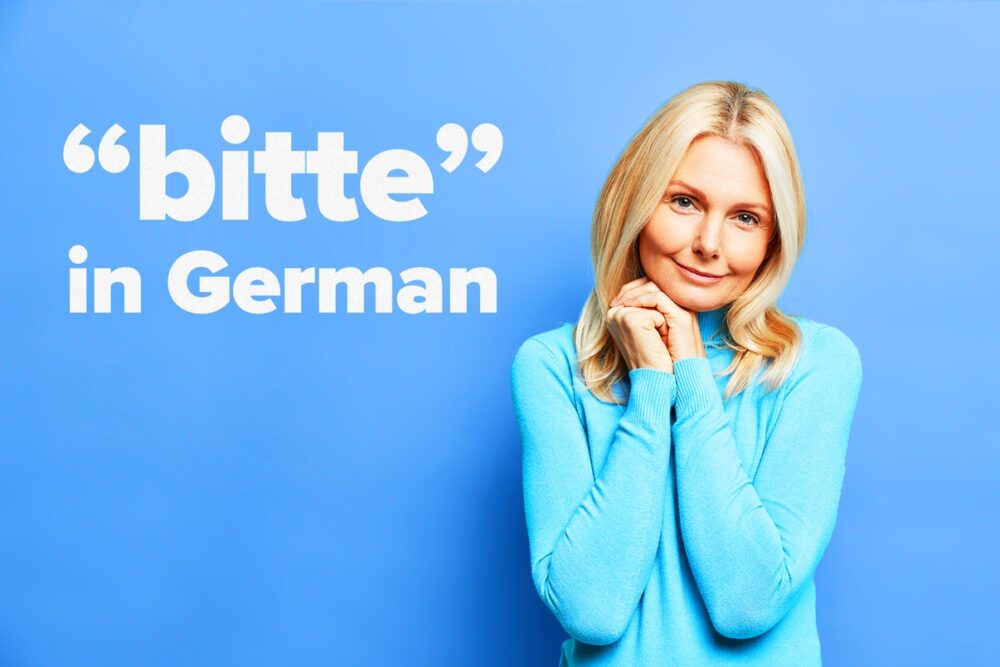
In German, one word you’ll hear all of the time is bitte . Need to say “please” in German? Bitte. Want to say “you’re welcome” after someone thanks you? Bitte.
But the German word bitte means so much more than “please” or “you’re welcome.” It’s a go-to word that can also mean “pardon” or be used as a word of approval, like “go ahead” in English. Read on to discover seven different meanings of bitte in German and see it used in example sentences.
Download: This blog post is available as a convenient and portable PDF that you can take anywhere. Click here to get a copy. (Download)
1. “Please”
When used to mean “please,” bitte can take various positions within a sentence. Like most German sentences, it comes down to emphasis. Bitte can preface the sentence, end it, or even come somewhere in between. Here are a few examples:
Bitte, kann ich mit dir gehen? (Please, can I go with you?)
Gib mir die Adresse, bitte. (Give me the address, please.)
Können Sie mir bitte noch einmal die Nummer sagen? (Can you please tell me the number again?)
Without the word bitte, the sentences above are still grammatically correct. However, adding that extra bit(te) can make a huge difference.
2. “You’re Welcome”
Most beginner German students understand this meaning of bitte. It goes along with the rote “thank you”—“you’re welcome” exchange we say countless times in English.
Stefan, danke für die Bücher. (Stefan, thanks for the books.)
Ja, bitte! (Yes, you’re welcome!)
Now, why is it that in English we use two words to say each of these phrases when in German it’s only one? So much for German being a verbose language—at least when it comes to etiquette, that is.
3. “Pardon”
In English, we use “pardon” inquisitively to mean many things.
For example, you could use “pardon” to mean “Excuse me, I want to get by you,” or “What did you say? I couldn’t hear you.”
You might even say “pardon” with an attitude to mean, “Did you really just say/do what I think you did?” That’s the beauty of language—and emphasis.
Germans use bitte in the phrase Wie bitte? quite often.
It very roughly translates to something like “How please?” as in “How do you say that, please?” ( Wie sagt man das, bitte? ).
This shortened form can be compared to the English phrase “What’s that?” to mean, “Can you repeat that, please?”
4. “Go Ahead”
When Germans use bitte to mean “go ahead,” they’re often approving an action. It’s a bit like asking, “May I?” in English and then replying, “Please do.”
Here’s an example in context for you:
Kann ich ein Stück Kuchen haben? (Can I have a piece of cake?)
Bitte, es gibt mehr im Kuhlschrank. (Go ahead, there’s more in the fridge.)
You might also use this meaning of bitte if you’re at the grocery store and both you and another person walk up to a checkout line at the same time. If you’re polite, you’ll let them go ahead of you with a bitte.
As you can see, the context of this word is key. To understand how German conversational phrases work in context, check out FluentU.
FluentU takes authentic videos—like music videos, movie trailers, news and inspiring talks—and turns them into personalized language learning lessons.
You can try FluentU for free for 2 weeks. Check out the website or download the iOS app or Android app.
P.S. Click here to take advantage of our current sale! (Expires at the end of this month.)
5. “Yes, Please”
We mentioned ordering food earlier, so let’s get back to the table once again. You can use bitte in this situation in a few different ways. For example, if a waiter/waitress comes by and asks you:
Möchten Sie mehr Kaffee? (Would you like more coffee?)
You can answer:
Bitte! (Yes, please!)
If you want more coffee, of course.
But as you can see, you only need to say one word in order to make your intentions clear.
However, if the waiter/waitress asks, “Are you ready to order?” you wouldn’t necessarily say bitte. This question invokes more of a yes/no response.
But if they ask if you want to try the special, a nod of the head and a bitte would mean you’re in agreement.
6. “Here You Go”
These last two meanings of bitte (“here you go” and “may I help you”) require the addition of either sehr (very) or schön (well), respectively.
The phrase bitte sehr means “here you go,” as in the following example:
Bitte sehr. Vorsicht, der Teller ist heiß. (Here you go. Be careful, the plate is hot.)
Another instance in which you could use bitte sehr is at your local coffee shop.
Once the barista calls your name with your order, they might say bitte sehr as they hand you your coffee.
Your response might be something like danke! Rather than using bitte as a response to danke, you’re switching the order around—and using a different meaning of bitte altogether.
7. “May I Help You?”
The last meaning works similarly to bitte sehr. You’ll likely hear it in customer service settings, such as the instance below:
Bitte schön? (May I help you?)
Ja, ich suche Maria. Arbeitet sie heute? (Yes, I’m looking for Maria. Is she working today?)
The phrase bitte schön shouldn’t be confused with the phrase danke schön , which means “thank you very much.”
Now you know seven different meanings of the German word bitte! We guarantee that with a little practice, you’ll know this useful little phrase like the back of your hand.
So what are you waiting for? Get out there and start using this powerful German word in your everyday conversations!
Download: This blog post is available as a convenient and portable PDF that you can take anywhere. Click here to get a copy. (Download)
And One More Thing...
Want to know the key to learning German effectively?
It's using the right content and tools, like FluentU has to offer! Browse hundreds of videos, take endless quizzes and master the German language faster than you've ever imagine!
Watching a fun video, but having trouble understanding it? FluentU brings native videos within reach with interactive subtitles.
You can tap on any word to look it up instantly. Every definition has examples that have been written to help you understand how the word is used. If you see an interesting word you don't know, you can add it to a vocabulary list.
And FluentU isn't just for watching videos. It's a complete platform for learning. It's designed to effectively teach you all the vocabulary from any video. Swipe left or right to see more examples of the word you're on.
The best part is that FluentU keeps track of the vocabulary that you're learning, and gives you extra practice with difficult words. It'll even remind you when it’s time to review what you’ve learned.
Start using the FluentU website on your computer or tablet or, better yet, download the FluentU app from the iTunes or Google Play store. Click here to take advantage of our current sale! (Expires at the end of this month.)
